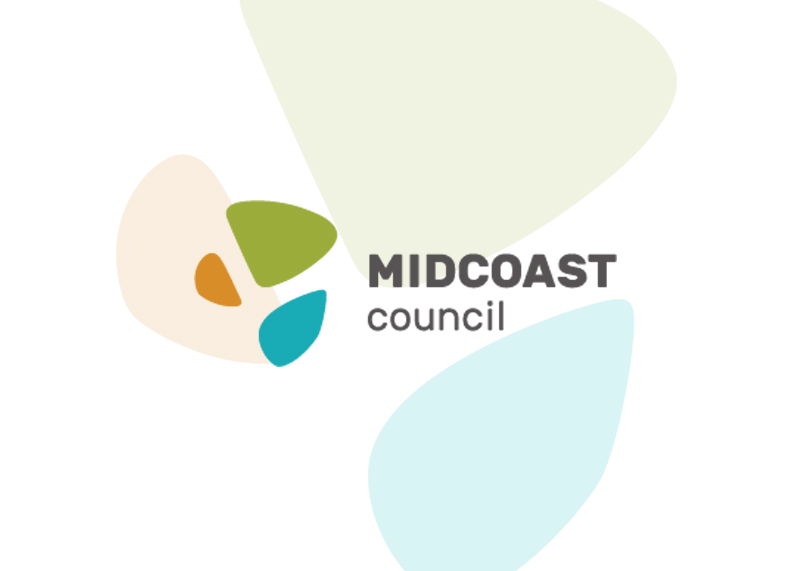MidCoast Council tracking well against key performance measures
Published on 06 April 2020

The MidCoast community should be assured their Council’s financial management is on track, following a rigorous audit process undertaken by the NSW Audit Office.
Council’s 2018-19 financial statements are now available on their website following the finalisation of the audit, and reveal $64 million was invested in capital works for the MidCoast community during the financial year.
“The financial statements provide the community with a consolidated financial picture and indicate MidCoast Council was in a solid financial position at the end of the 2018-19 year with key indicators trending positively against local government benchmarks,” General Manager, Adrian Panuccio, said.
“Since that time we have had some very challenging events to deal with in the MidCoast, including bushfires and now the COVID-19 pandemic.
“We continue to manage our budget responsibly by reviewing our finances and reporting to our elected Council quarterly in accordance with legislative requirements.”
Mr Panuccio said the 2018-2019 financial report preparation and audit was complex for a number of reasons which led to a delay in the finalisation of the audit. Throughout the audit process council was in contact with the Office of Local Government to ensure that Council met their legislative requirements.
One of the complexities was the revaluation of the roads bridges and footpaths which account for 54 per cent of Council’s $3.3 billion asset base.
This work was required to ensure a consistent method of valuing assets across the Council area and was a major milestone in the integration of the former councils, according to Mr Panuccio.
Mr Panuccio also said this is the first year that Council’s financial statements have been directly audited by the NSW Audit Office .
“The NSW Audit Office are setting a higher standard for the conduct of financial audits across NSW and we have welcomed their advice as it has resulted in a rigorous audit process.
“This robust and thorough audit process provides Council and the community with a high level of confidence in the figures contained within the statements.”
Financial management is also assessed against key performance ratios set by the State Government for councils, in areas such as debt service levels, operating performance, cash expenses and rates and annual charges cover.
“The statements show we met the industry financial sustainability performance benchmarks in all areas apart from our infrastructure asset performance ratios, an area we are focused on improving.”
The financial statements also reveal the following:
- Infrastructure renewals ratio – up from 38% in 2018 to 58% in 2019. This measures the rate at which assets are being renewed and demonstrates the increase in infrastructure spending since the merger occurred. The benchmark is 100% and Council’s long term investment through their $100 million roads program is aimed at closing that gap.
- Asset Maintenance Ratio – up from 73 to 89. The benchmark is 100, a point at which it indicates Council is investing enough funds to stop the backlog growing.
“We are making significant progress in meeting the infrastructure challenges and the council has set a clear path in partnership with the State Government to improve our roads, and bridges. The evidence shows we are tracking well to address this long term issue.”
The Financial Statements are now on exhibition for comment, with the financial reports and auditor reports to be presented to Councillors at the Ordinary Meeting of 22 April. This meeting will be webcast to the community as per the new legislative arrangements for Council meetings during the COVID-19 pandemic.